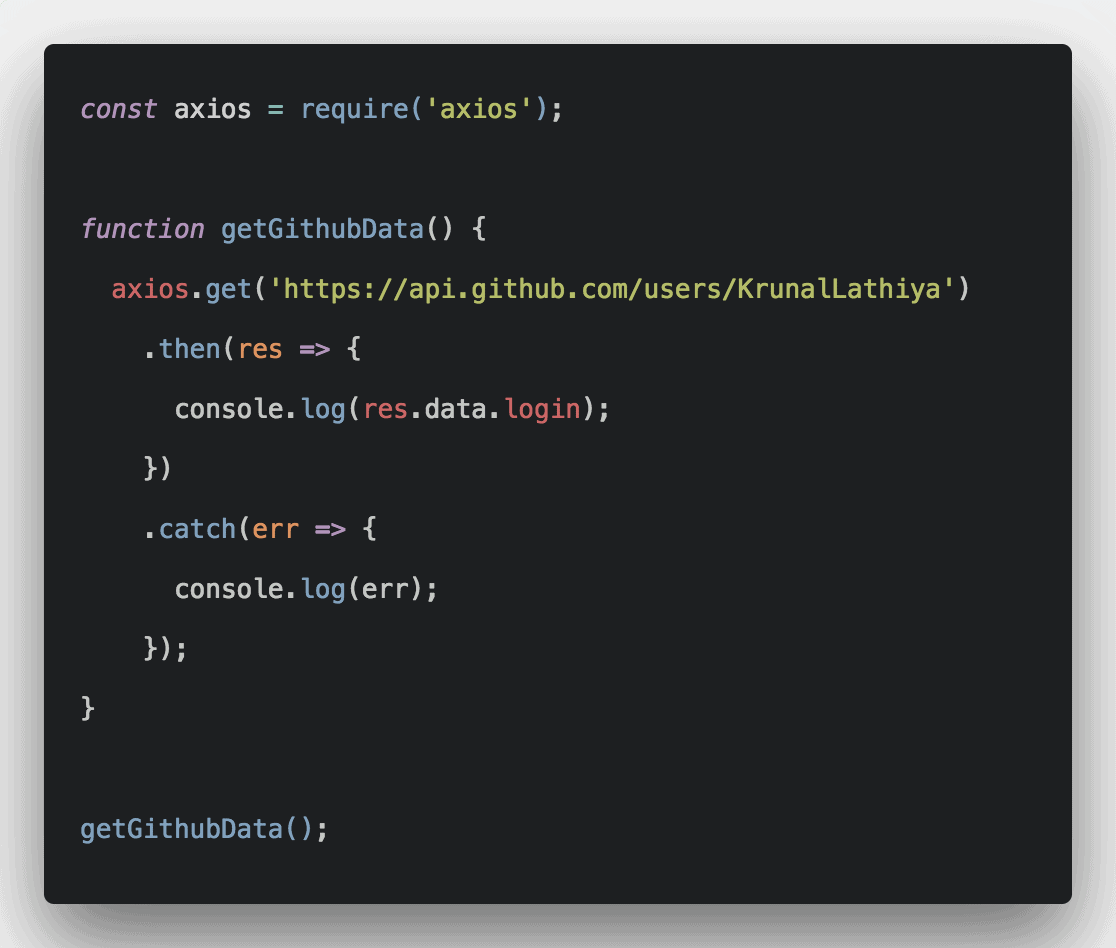

# the HTTP client created a subscriber and now registers it with the # file publisher by calling `Publisher::subscribe` Subscriber registered: We can observe that behavior by creating decorators for the interfaces BodyPublisher, Subscriber, and Subscription that log to standard out and then inject them into the HTTP request builder: The HTTP request will then subscribe to that publisher and request bytes to send over the wire. įormally, you have to hand over a BodyPublisher, which is essentially a Publisher, i.e. When creating a POST request, for example, you need to provide the body, but you don't have to do that in the form of a String or byte. request has a large body, you may not want to load it into memory in its entirety.Īnd with Java's new reactive HTTP API you don't have to! Lets see it in action! ▚Streaming The Request Body this continues for as long as publisher and subscriber want and there is no error.onNext (item ) to push items (max n times) pub creates Subscription script and calls sub.you need a Publisher pub and a Subscriber sub.Subscription is the connection between publisher and subscriber and can be used to request items or cancel the subscription.a JSON parser can subscribe to the response.) Subscriber subscribes to a publisher and offers methods onNext for new items to consume, onError for errors the publisher encounters, and onComplete for the publisher to call when it's done.the HTTP response can publish bytes as they arrive.) Publisher produces items to consume and can be subscribed to.Which is good because the JDK only contains the building blocks that you need to connect two steps of a larger pipeline - libraries like RxJava or Project Reactor offer advanced functionality that builds on them. While reactive streams can be used to build powerful pipelines, the HTTP/2 API uses them in a much simpler manner. In reactive streams, the source generates items and would like to push them through the pipeline (think of a Twitter API that emits tweets live and you want to process them) - "would like to" because subscribers can push back to make sure they're not overwhelmed. With Java 8 streams, the source contains the items and the terminal operation pulls them through the pipeline (think of a collection of tweets that you want to process). There are some important differences, though, most notably how items are moved through the pipeline.
#JAVA HTTP CLIENT EXAMPLE POST FULL#
In full force, reactive streams can be used to build pipelines that are similar to Java 8 streams: Starting from a source, a bunch of operations are defined that process each item the source contains/emits. The HTTP/2 API uses reactive streams to handle request and response bodies.


That section builds a solution in several steps, where individual steps may contain bugs that you should not put into your code!įor a complete picture, please use the sources on GitHub.

In this post we're going to look at streaming request and response bodies and because that requires a working understanding of reactive streams (introduced in Java 9 as Flow API), we're going to quickly discuss them as well - if you already know how they work skip ahead to Streaming The Request Body. With Java 11's new HTTP API you can do more than just HTTP/2 and asynchronous requests - you can also handle request and response bodies in a reactive manner, which gives you full control over the bytes going over the wire: You can throttle, you can stream (to conserve memory), and you can expose a result as soon as you found it (instead of waiting for the entire body to arrive).


 0 kommentar(er)
0 kommentar(er)
